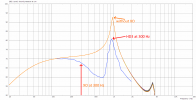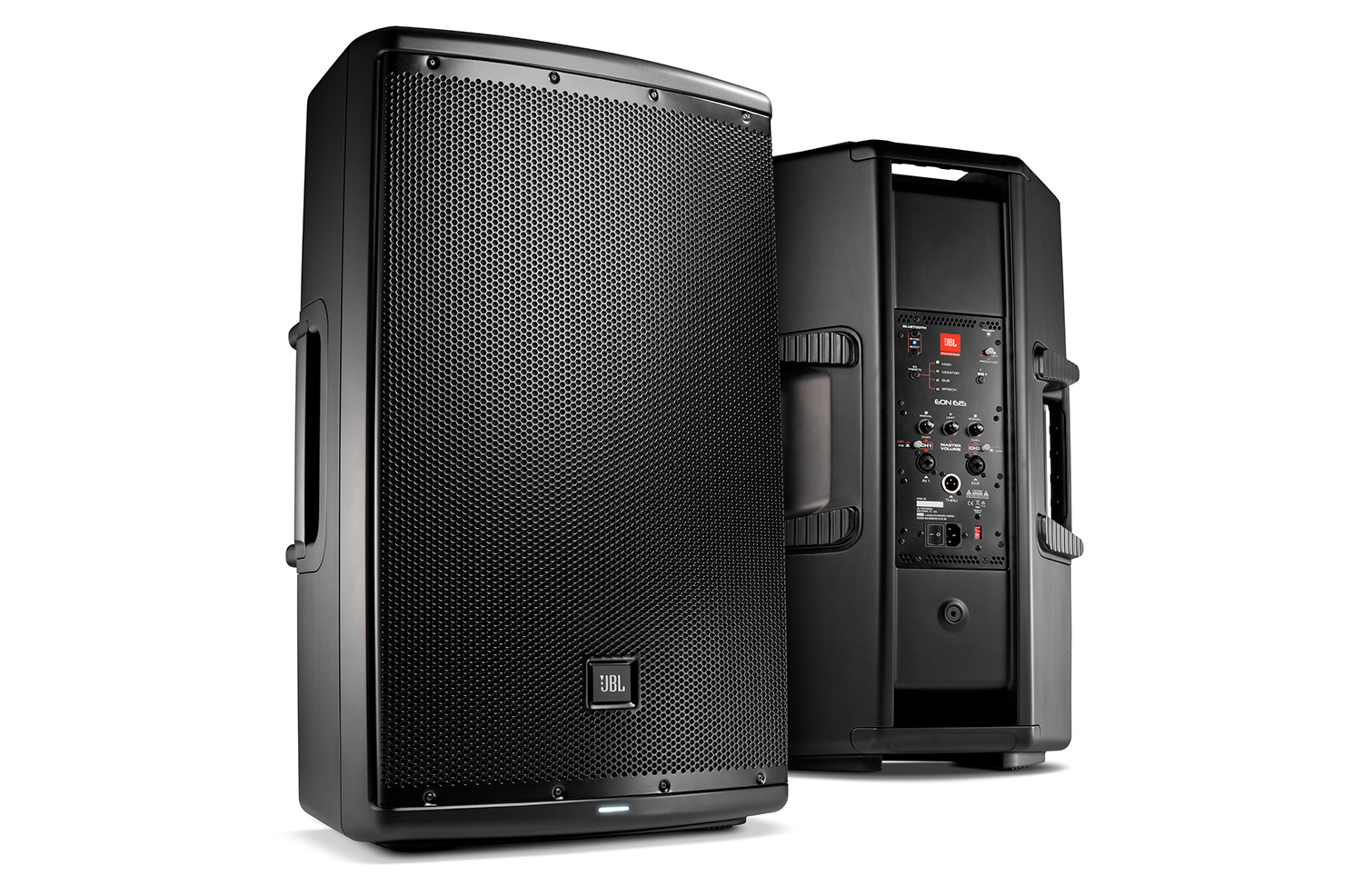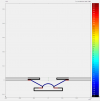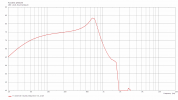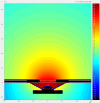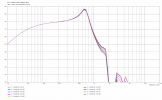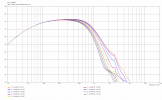Slick Minkus
Member
- Joined
- Mar 4, 2022
- Messages
- 15
- Likes
- 18
Curious about the use of slotted baffle driver loading to control (widen) dispersion of large drivers in the mid frequencies, allowing otherwise impossible horizontal matching with tweeters.
Graham Audio famously use the technique originally popularised by the BBC monitor era...
Does this excerpt truly cover all the caveats/challenges?
Are aesthetics really the only reason we don't see this technique more often?

Graham Audio famously use the technique originally popularised by the BBC monitor era...
But great care must be taken to optimise these slots. If they are too narrow, there is a risk of resonances occuring between the rear of the front panel and the diaphragm. The ideal spacing between the baffle and the diaphragm (and the surround) must be carefully determined with detailed measurements. The thickness of the timber left after the machining operations is also critical. But having researched and built on the original work that went into the design of the LS5/5, we are left wondering why this approach isn't more commonly used today. Aside from the obvious aesthetic concerns, of course.
Does this excerpt truly cover all the caveats/challenges?
Are aesthetics really the only reason we don't see this technique more often?
Last edited:


